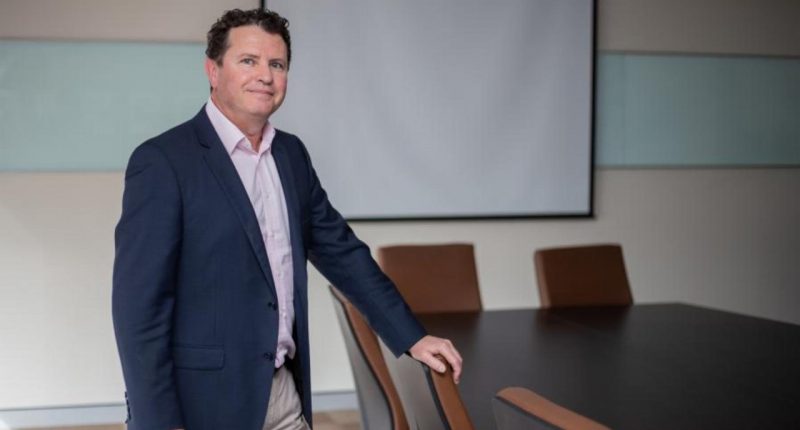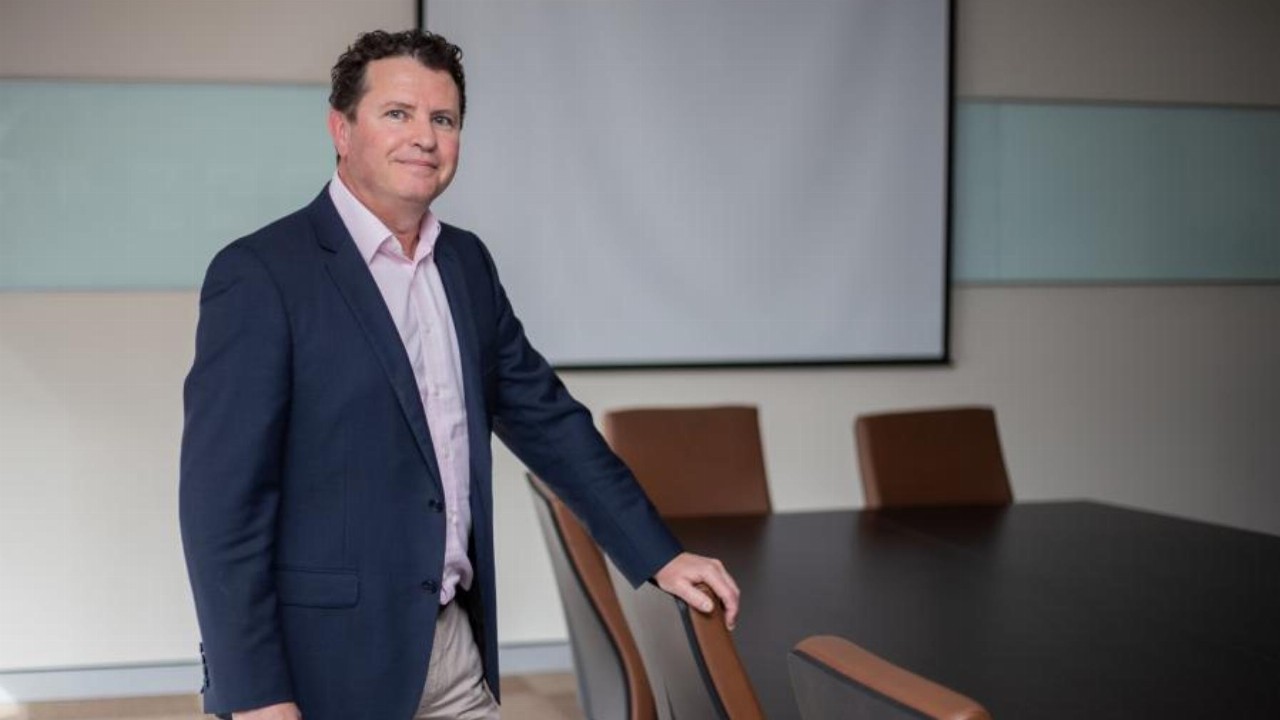- Regenerative medicine company Orthocell’s (OCC) clinical trial data demonstrates the potential to return function to paralysed upper limbs following 12 months of treatment
- Each patient in the trial received one or more nerve repairs augmented with one or both upper limbs, with 25 of 33 nerve repairs resulting in functional recovery of muscles controlled by the repaired nerve
- Orthocell says CelGro’s global addressable market in peripheral nerve repair is estimated to be worth more than US$7.5 billion (around A$9.9 billion) per annum
- The company says it is now preparing for discussions with the FDA on an approval pathway for CelGro, as well as with US insurance companies
- Orthocell was down 3.7 per cent, trading at 2.6 cents at 10:30 am AEST
Data from regenerative medicine company Orthocell (OCC) has demonstrated the potential to return function to paralysed upper limbs.
Data from Orthocell’s CelGro nerve regeneration trial showed positive clinical repair 12 months after initial treatment. This included repair following injuries to the spinal cord, brachial plexus and other peripheral arm and hand nerves.
Patients involved in the trial suffered traumatic nerve injuries following motor vehicle, sporting and work-related incidents, resulting in partial or total loss of the use of their arms. The patients experienced significant pain and were unable to perform basic activities, like eating, bathing or dressing. Without surgery they would not have regained normal use of their injured arm and hand.
Each patient in the trial received one or more nerve repairs augmented with one or both upper limbs. The recovery process was assessed by grading the strength of target muscles closest to the sight of the nerve repair.
Follow-up data after one year was available for 16 of 19 patients involving 33 nerve repairs. Of 33 nerve repairs, 25 resulted in functional recovery of muscles controlled by the repaired nerve.
Over half the nerve repairs using CelGro were performed in five quadriplegic patients. Results showed patients demonstrated faster and better results in muscle function restoration, compared to published studies of nerve transfers using a direct suture method. 13 out of 17 of the quadriplegic nerve transfers resulted in the best-case clinical outcome at 12 months post treatment.
“Consistently returning function to paralysed upper limbs is the primary goal in this study,” said Orthocell Managing Director, Paul Anderson.
“I am delighted by the 12-month follow up results, our most complete data set to date, demonstrating higher quality outcomes, improved predictability, and consistency of return of muscle function following CelGro nerve regeneration treatment.”
Orthocell says CelGro’s global addressable market in peripheral nerve repair is estimated to be worth more than US$7.5 billion (around A$9.9 billion) per annum, with approximately three million procedures that could use CelGro completed each year.
The company says it is now preparing for discussions with the FDA on an approval pathway for CelGro, as well as with US insurance companies.
Orthocell is down 3.7 per cent, trading at 2.6 cents at 10:30 am AEST.







